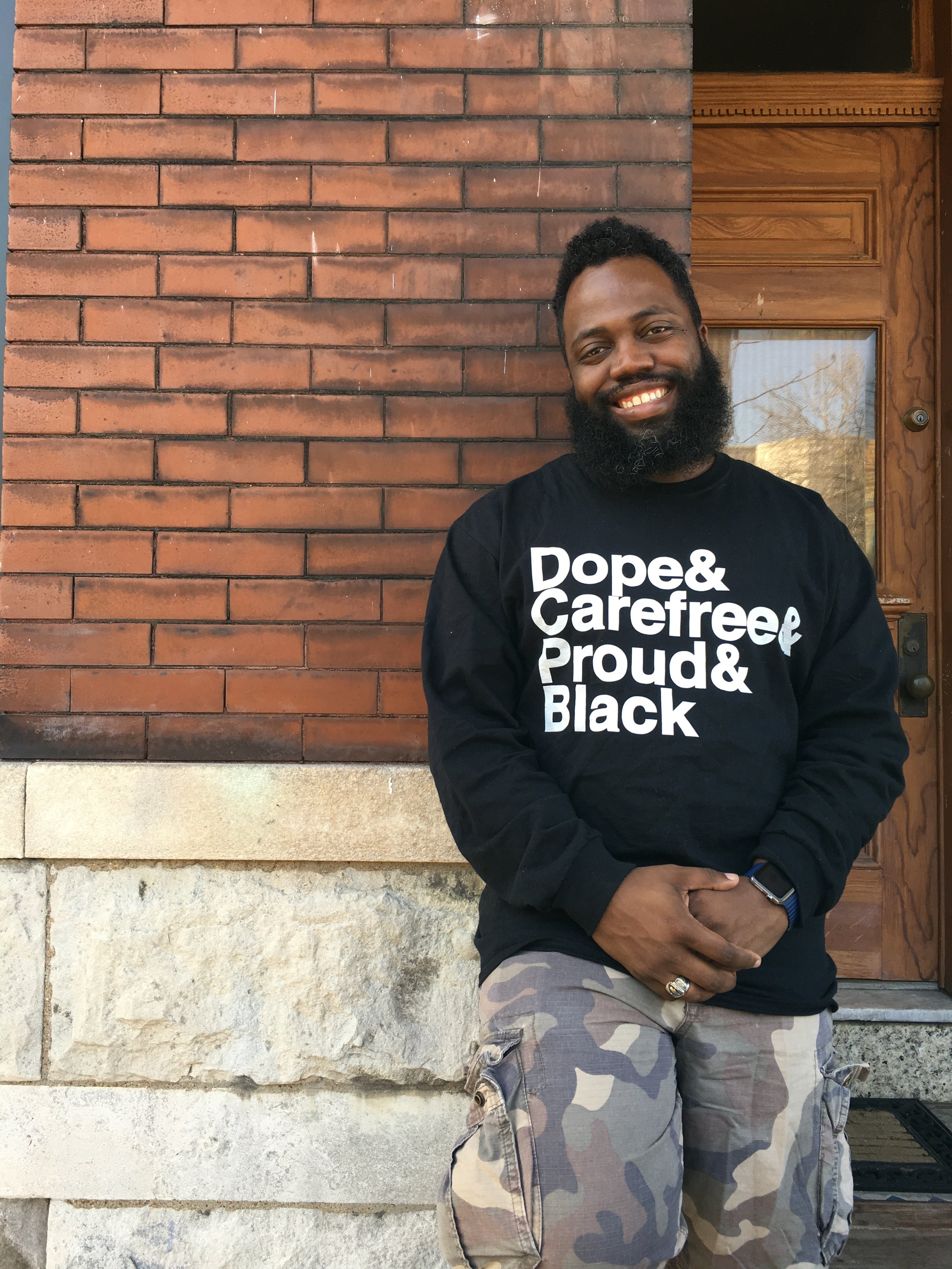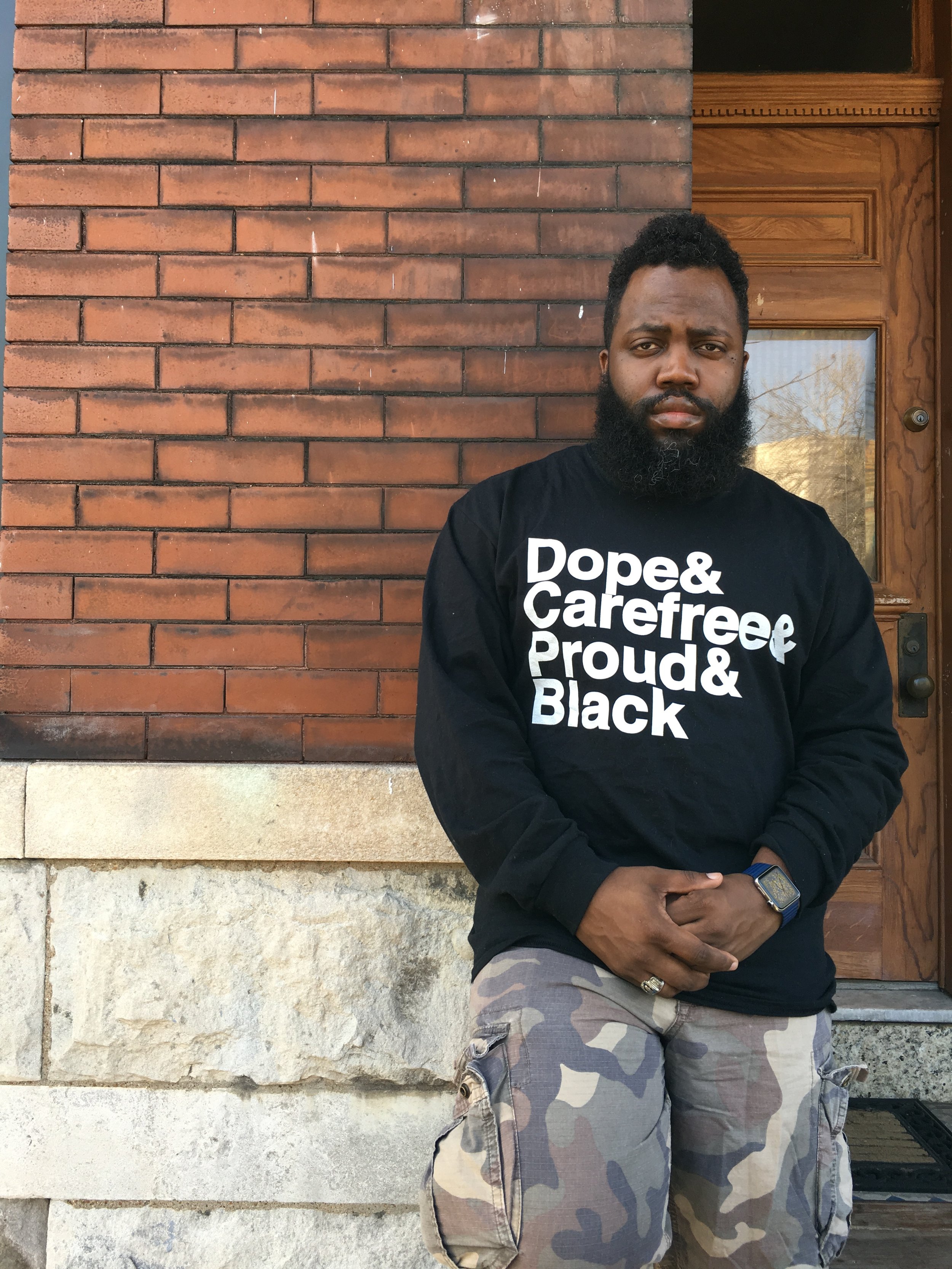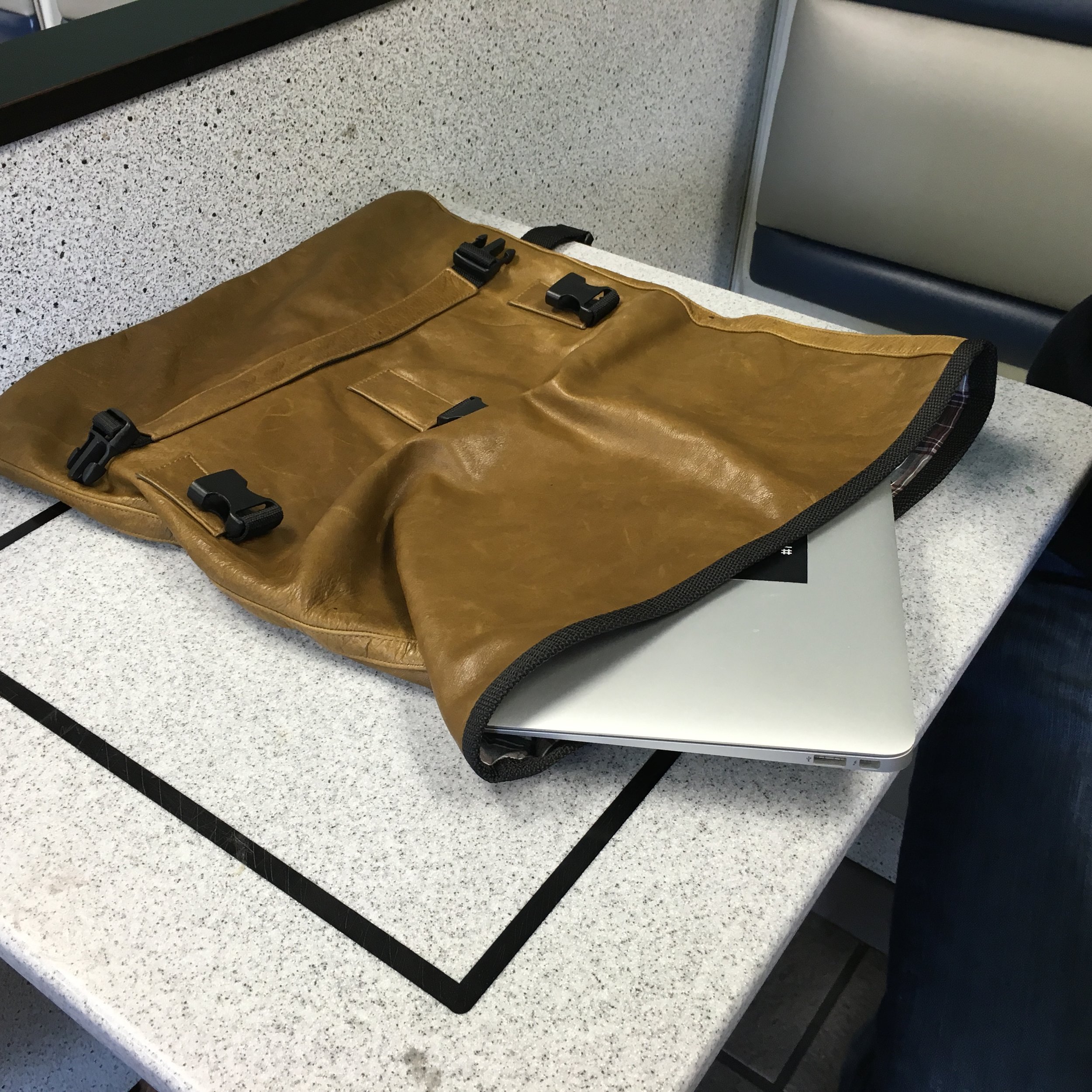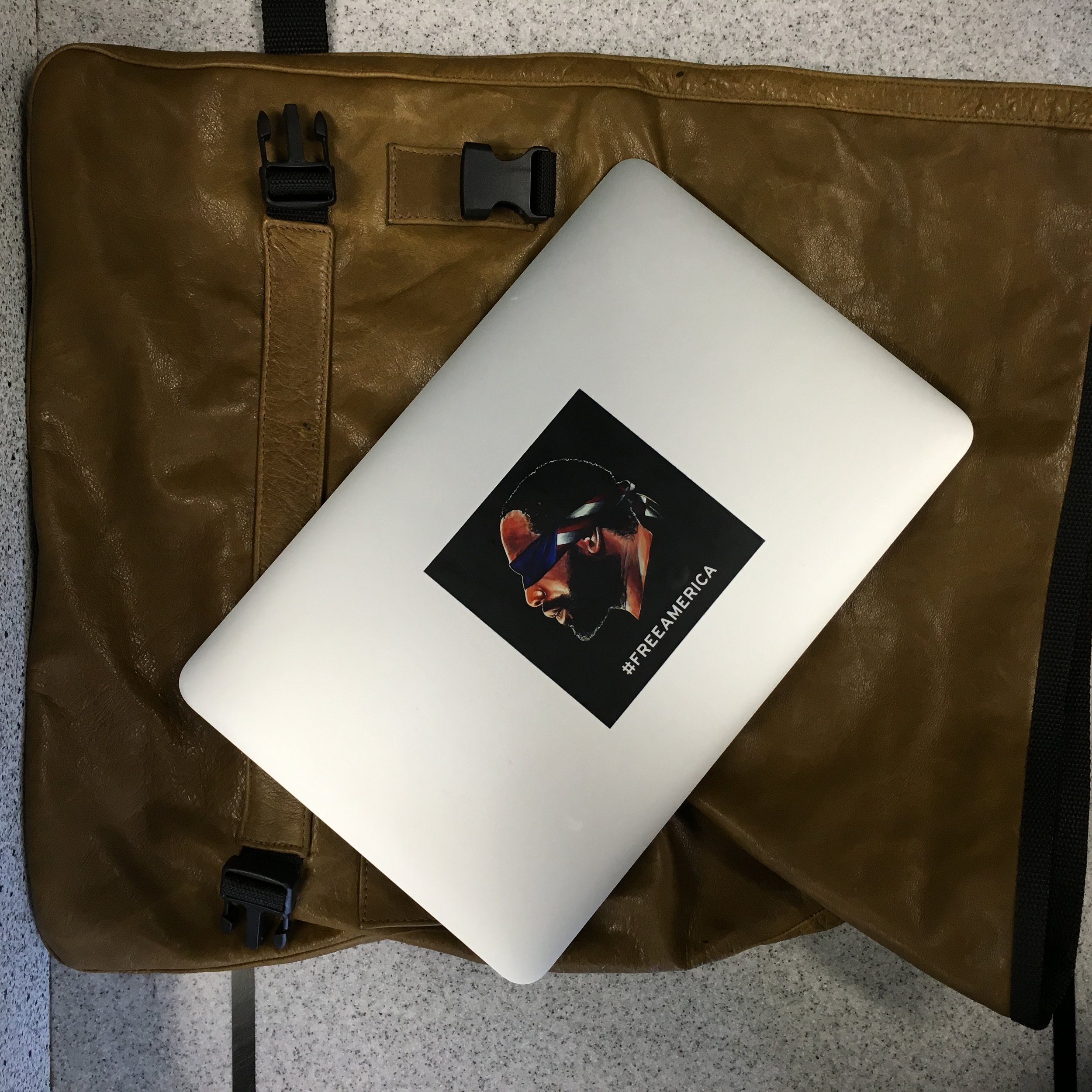Today on the blog I interview Joshua Starr, the CEO of Phi Delta Kappan (PDK) International. You may recognize Starr from an earlier guest post, wherein he shared guidance for how superintendents can cultivate anti-racism in their school districts. PDK is a professional association for educators, and they are best known for their annual poll on American attitudes towards schooling. In the interview Starr and I discuss the most recent poll results and what they might mean for public policy.
Me: What does this most recent polling data tell you about our national education conversation? Are we having the right discussion? Are we talking past each other?
Starr: There’s something missing both from how we talk about the classroom and from how we talk about policy. I’ve been encouraging people not to think of these two things as dichotomous.
What we do in our poll is that we look at things broadly and try to anticipate what the issues might be. The results tell me that something is missing from our national discussion. Standardized testing is a big part of the landscape, and people understand that. But they want more from testing. They want to see career readiness embedded in schooling. In conversations I have had with people, they want to see an emphasis on both college and career. But right now, the conversation feels too binary: it’s either standardized testing or authentic learning.
People are pretty reasonable, and if they can see that the testing that their children are undertaking, or the curriculum they’re doing, increases their ability to navigate the world in the long term, they’ll be okay with it.
But overall, I think the results tell us that there’s something unsatisfying in the experience of today’s schools. It’s not that it’s bad, or that people reject it. They just want more.
Me: Do the results give you a clue as to what "more" might look like?
Starr: One big issue is career readiness. That looms large. Whether that’s certificate programs or job embedded skills. Huge.
The other piece is the interpersonal dimension. In the poll, we called that “respect, cooperation, and problem solving.” There is huge support for those things. That’s what people think is missing from today’s classrooms.
On the other hand, there are educators who think they’re doing those things everyday. That may be the case, but that’s not how people are feeling as they respond.
Me: Are people assuming that the presence of testing leads to a lack of these other things? Is that a fair assumption?
Starr: People are frustrated with the emphasis on testing, not the presence of it. It’s the notion that when I hear my principal or teacher or superintendent talk about kids passing tests, and that there are pep rallies for it, and that the most communication I get is when it’s testing time.
Again, this my interpretation based on my experience. So I think that it may just be that it’s conflation. Parents see the kinds of work that kids are getting, which tends to be worksheet driven; it’s work that is pretty rote and basic and not really helping them learn how to solve problems, which is much more important than passing tests. I think people see the disconnect.
Me: You asked more questions than usual about diversity, segregation, inclusion, and equity this year. Why did you do that?
Starr: We have asked one-off questions about integration in the past. Most respondents said that they support it. Given the conversation we are having nationally, it felt important to ask about it. My own personal experience is as a superintendent of diverse systems. It’s an increasing part of the conversation. The re-segregation of white districts seems like a theme. We felt this was an area of interest.
One the one hand, when you look at the data, nothing really jumps out at you. On the other hand, on paper people prefer diverse schools, but they don’t really want to work for it. So it’s unclear whether it’s just a socially desirable answer.
That said, as a whole, white people don’t even say that. There’s an interesting divide between the perspectives of white people versus African-American people. White liberals tend to say that integration is good for society. African-Americans and Latinos are more like, “Yeah, that’s fine, but for me it means that there are better teachers and more resources for our kids, and why can’t you just provide that in my kids’ school regardless of the racial makeup?”
Me: From my perspective, there is a giant mismatch between the elite conversation about integration, and the presence of policy ideas that have a viable constituency. Do you see that?
Starr: I think about this more on the local level than on the federal or state level. It’s a matter of value proposition. If you just talk about integration and diversity in terms of who sits next to whom, you aren’t giving parents anything, whose ultimate interest is self-interest. Even if you’re liberal and progressive, your interest is still your own kids. The mentality is, if I’m going to put my kid on a bus, or I’m going to send my kid to a school where there are diverse needs, what’s the value proposition? The value proposition of saying, “diversity is better” doesn’t really resonate. There’s a slight majority that thinks that racial diversity will improve things for black kids, but not so much for poor kids. In my mind it has to be framed around teaching and learning, and the improvement of what kids get in the classroom.
When I did this work in Stamford as superintendent, it was framed around teaching and learning. We created core science projects, core books in social studies. For the first time, we said all kids are going to have access to advanced work. The staunchest opponents of integration – always white folks – will come up with reasons for not doing it. But most folks are pretty reasonable. If the white folks on the soccer field are worried that they’re going to be sitting next to black kids and English language learners, they might get antsy. Their mentality is, "I won’t send my kid to a school JUST for diversity," but if a diverse environment also gives them more things that jive with their beliefs about transforming the learning experience for kids, maybe you win over more people over.
And that’s a local decision. You have to do that along with curriculum and instructional improvements, and resources for professional learning.
Me: I’m asking this sincerely, even though I have my own personal biases as to the answer: Why are white parents worried about their children sitting next to a black kid or an English language learner in a classroom?
Starr: In my experience, it’s two fold. One is just contact theory and this idea that the more contact I have with somebody who is different from me, the more likely I am to have a give-and-take relationship with them. And vice versa as well. As a consequence of that, as a parent, I might not believe that the needs of my child will be met. This relates to how parents conceive of teaching. The thought is, the more time a teacher spends with my kid, the better off she is. If all of a sudden one-third of the kids in the classroom have greater needs than my child, my child won’t get what she needs, and that's what I think my tax dollars are for. This ties into the idea that the school is a private commodity, not a public good. I bought a house, I pay taxes, and I expect that my kid will be the beneficiary of those tax dollars. This goes along with the belief that other parents didn’t pay for that experience.
And then I think there’s some straight up racism. There is a sense of entitlement, and the idea that the whiter something is, the better it is. There’s a sense that something is more valuable if I have it, and you don’t. There are white parents who believe that their child is getting a better off education because of the makeup of the school and the cost of the house they built. They have no idea that some of the best instruction happens in the schools with the most vulnerable kids. Honestly, sometimes teachers don’t have to work as hard in schools with privileged kids. But I think there’s a perception that, if it’s white, it’s good.
Me: What do you hope policymakers take away from this polling data?
Starr: You have to make decisions about resource allocation. But the work of educating kids today is so unbelievably complex, and we have to figure out how to embrace that complexity. How do we balance all of that stuff? I think the poll results shed some light on that. On the hardest stuff, you can act much more quickly at a local level. At a national level? Right now, it's very hard to see how you could act on any of this.
























